Art deco: the architectural and design style they couldn’t kill

Art deco flourished alongside the rise of modernism in the first decades of the 20th century, reaching its apogee as the house style of the Gatsby generation. That most glamorous era was also the golden age of hotels, as affluent Europeans and Americans travelled and partied like there was no tomorrow. (For many of that First World War generation there hadn’t been one.)
The art deco designers supplied the props and the backdrop: mirror-topped tables, cocktail shakers, geometric concrete palaces, bold typography.
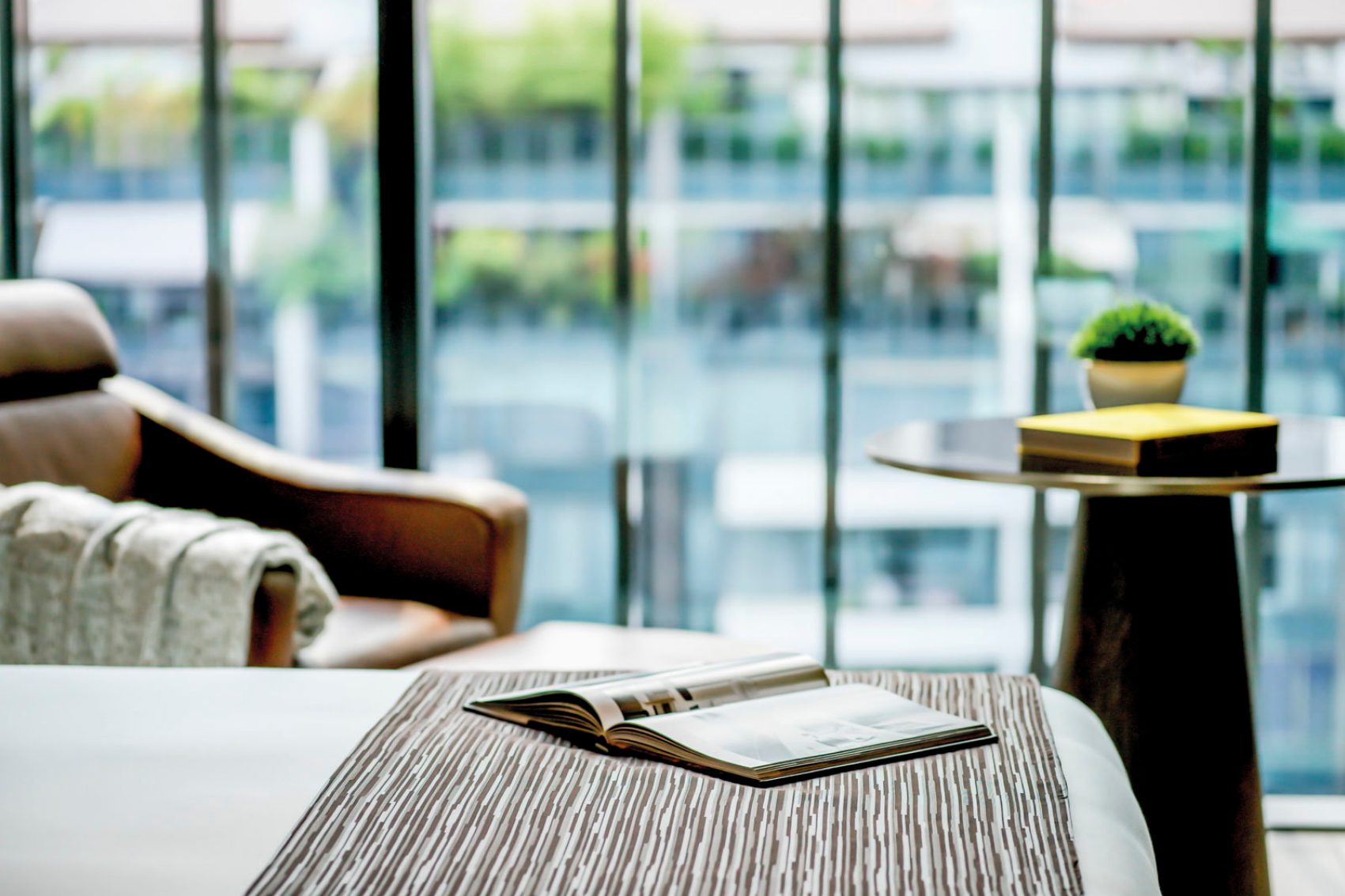
Depression and another war stamped the movement out until its resurrection in the mid-70s thanks to a film version of, guess what, The Great Gatsby – that, and an escape from a world sinking under faded denim.
By the time of the next Great Gatsby film (2013) we were ready for another go at the shiny black and copper panels, the sweeping staircases and curvy walls.
Our tour of art deco hotels could just stick to one small American enclave: Miami Beach. That’s where you go if you want to drown in deco. But Miami is an act of preservation. Elsewhere, they’re not only revering art deco – they’re changing it, uprooting it, playing with it.
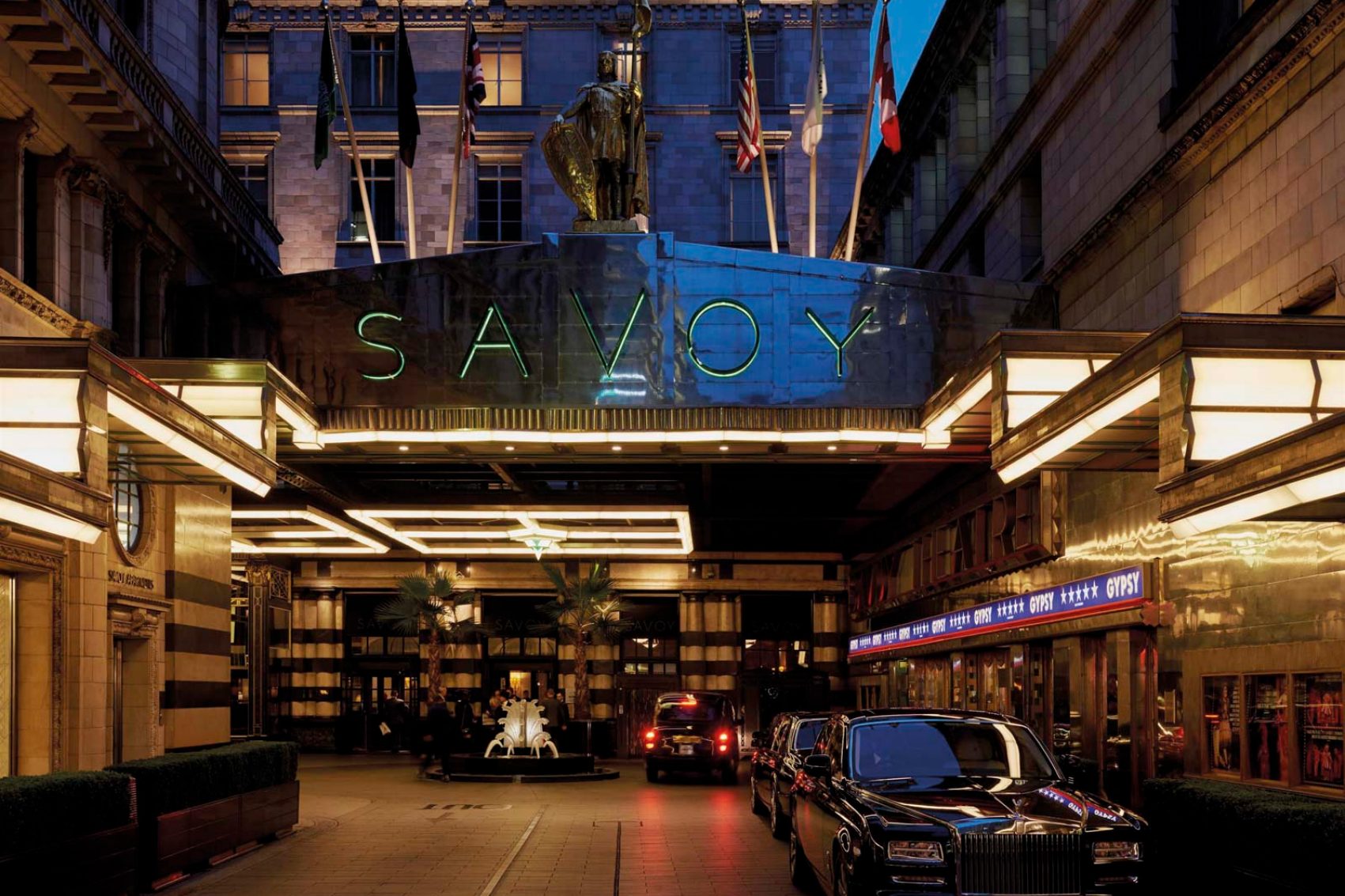
The Savoy, London
The city seemed a lot duller without the American Bar and Savoy Grill. But after the hotel’s three-year refurbishment they returned in 2010, more deco-tastic than ever. The American is still where you go to impress; but the Beaufort Bar, on the site of the old cabaret stage, is deco at its most decadent. New owners Fairmont have also shown some much-overdue love to the venerable Simpson’s In The Strand: cosy and clubby as ever, just without the rather stale odour of overcooked beef and male privilege that used to hang over the place.
The general manager who made The Savoy’s name was one César Ritz (who went on to start his own rather famous hotels). But if you want to know where the era of deco glam began, uprooting the florals and swirls of art nouveau, slamming the door on Edwardian stuffiness, it’s here.
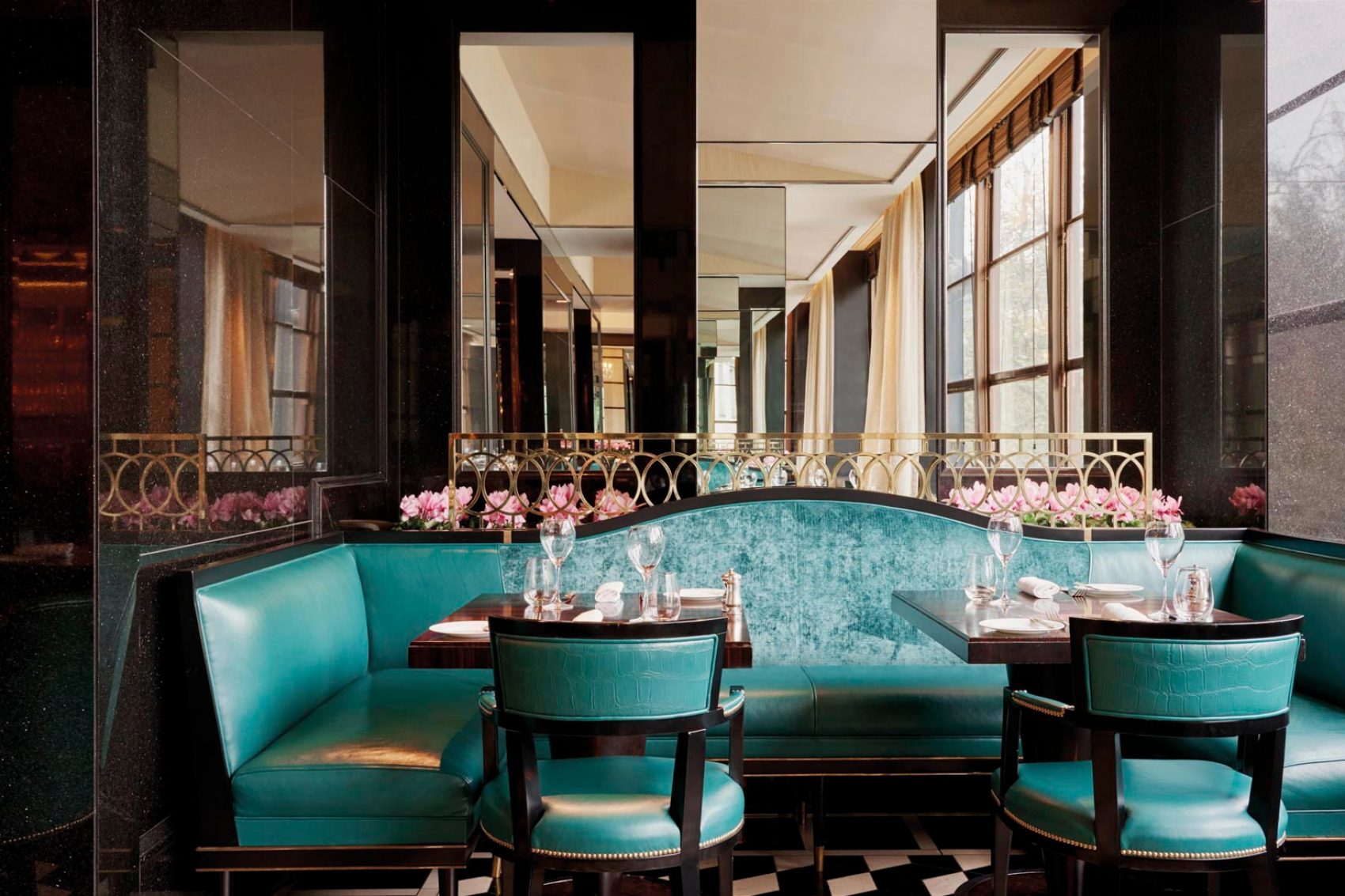
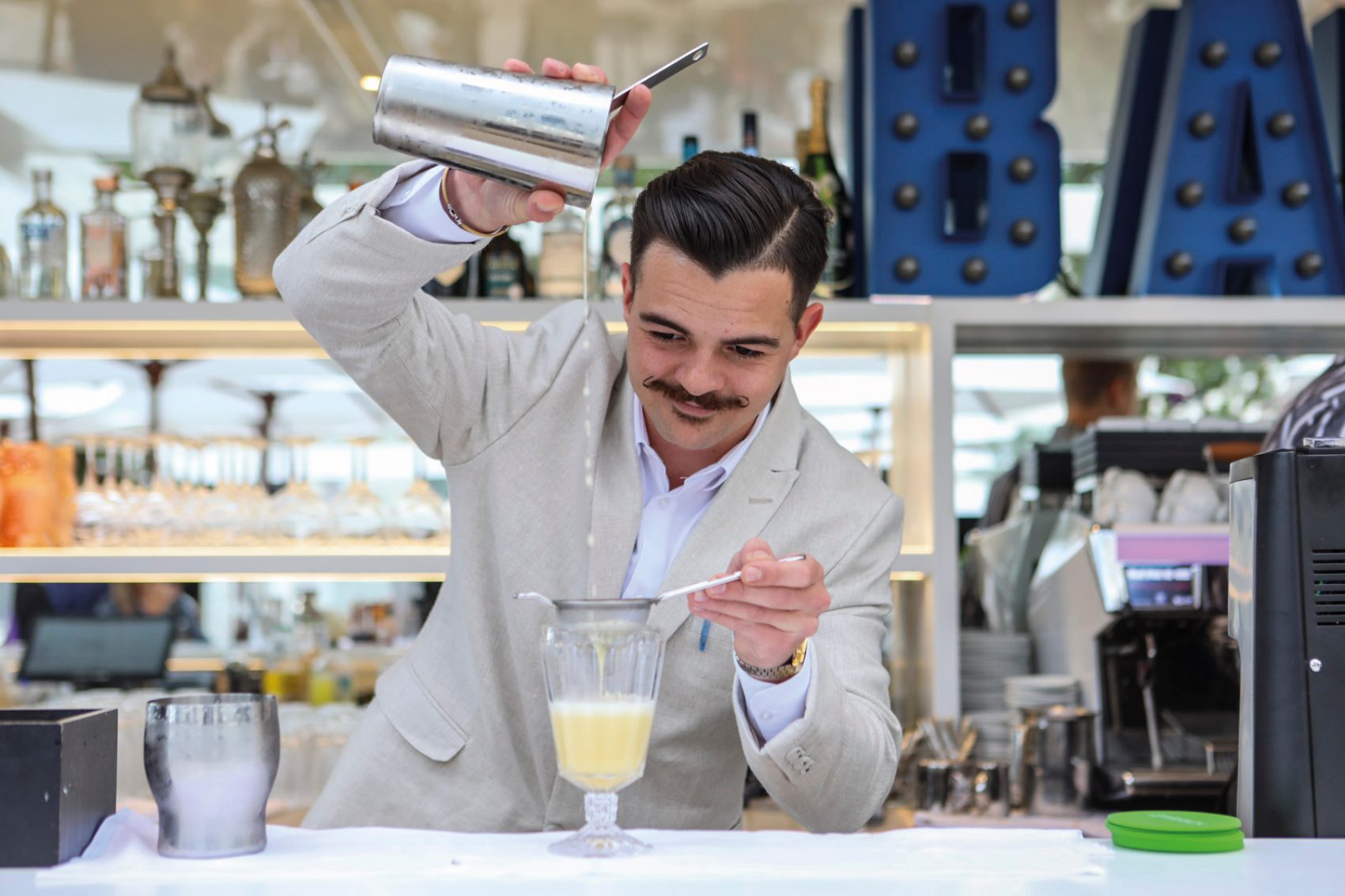
Credit: Paul-Henri Verlooy
Hôtel Martinez, Cannes
No style says ‘glamour’ more loudly than art deco, and no resort says ‘decadence’ less apologetically than the southern French resort of Cannes. Put them together and you get the Hôtel Martinez .
Except that for decades this was a fussy imitation of its glory days – though the Martinez bar still hosted legendary sessions during the film and advertising festivals. Then, last year, its latest managers, Hyatt, unveiled a loving, deco-focused renovation. The very logo and typeface transport you back to the swinging inter-war Riviera years. The rooms are swish as a classic ocean liner and the bar is – the bar.
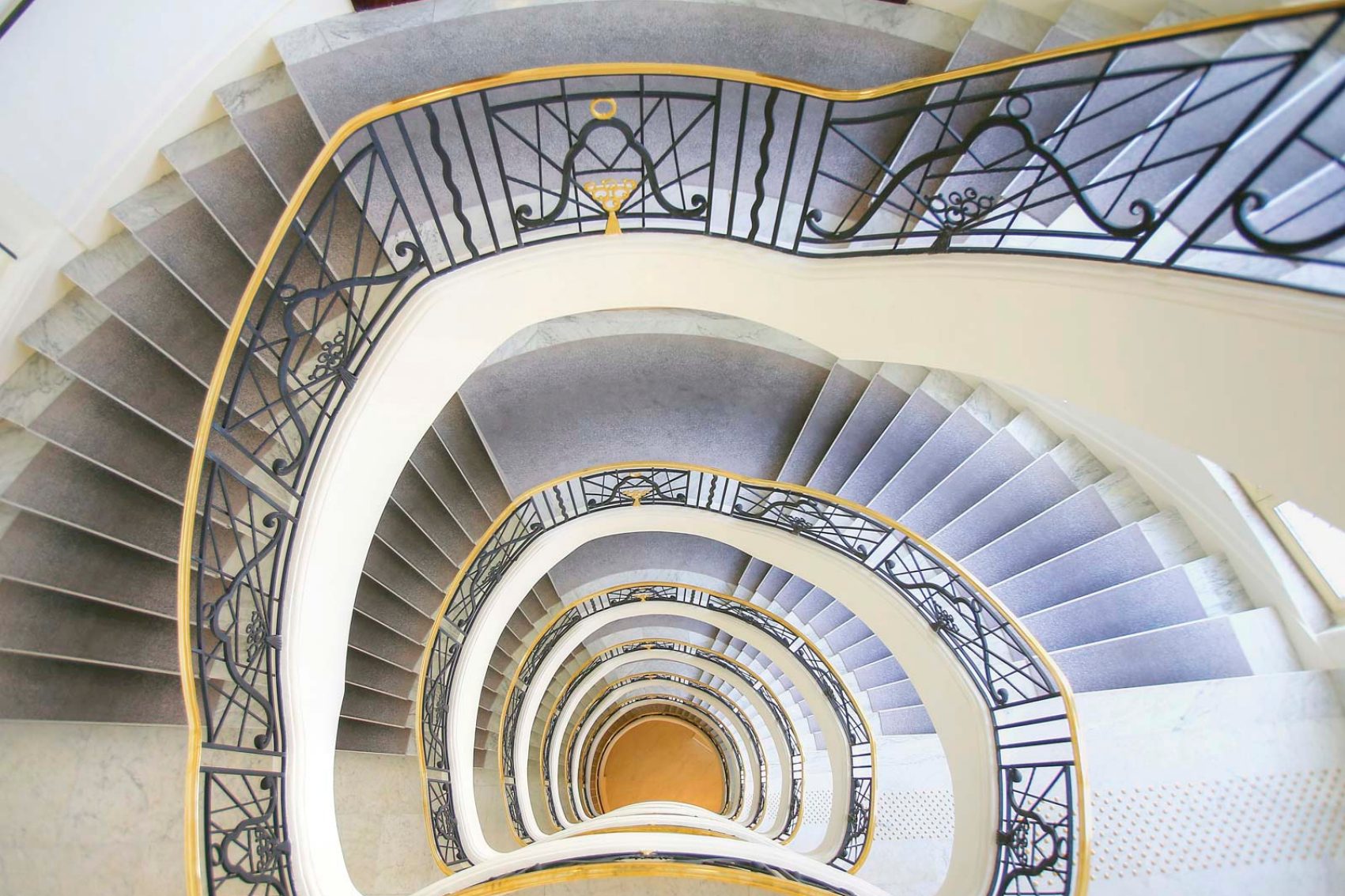
Credit: Patrice Lapoirie
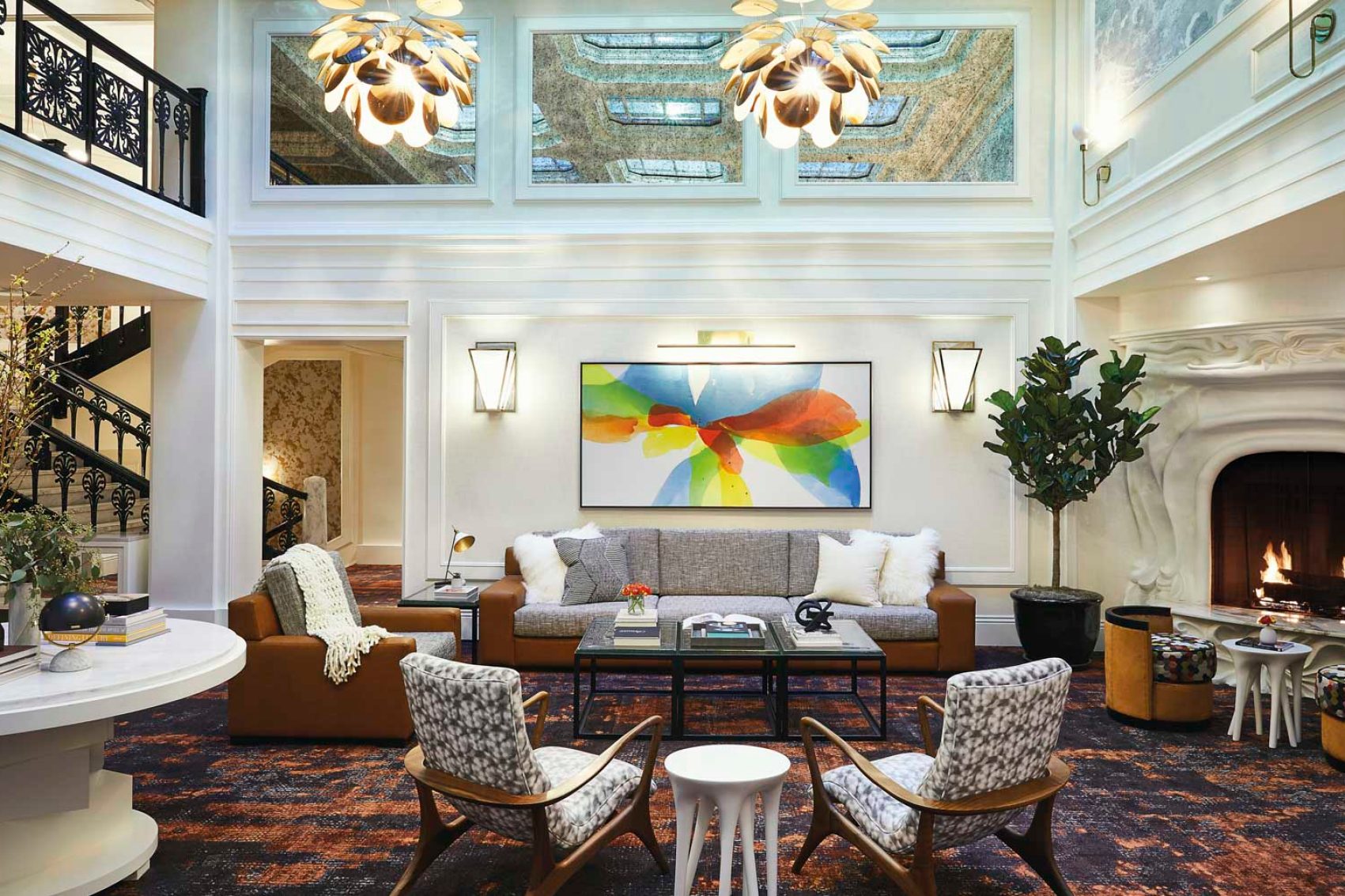
Credit: Joie de Vivre Hotels
Galleria Park Hotel, San Francisco
Amid the big-brand hotels that dominate San Francisco’s financial district, this boutique gem is discreetly tucked into an eight-storey art deco building. It was built in 1911, replacing two grandes dames – Occidental Hotel and Lick House – destroyed in the 1906 earthquake and fire.
In the prohibition era of the 1920s, the site was home to a lavish speakeasy.
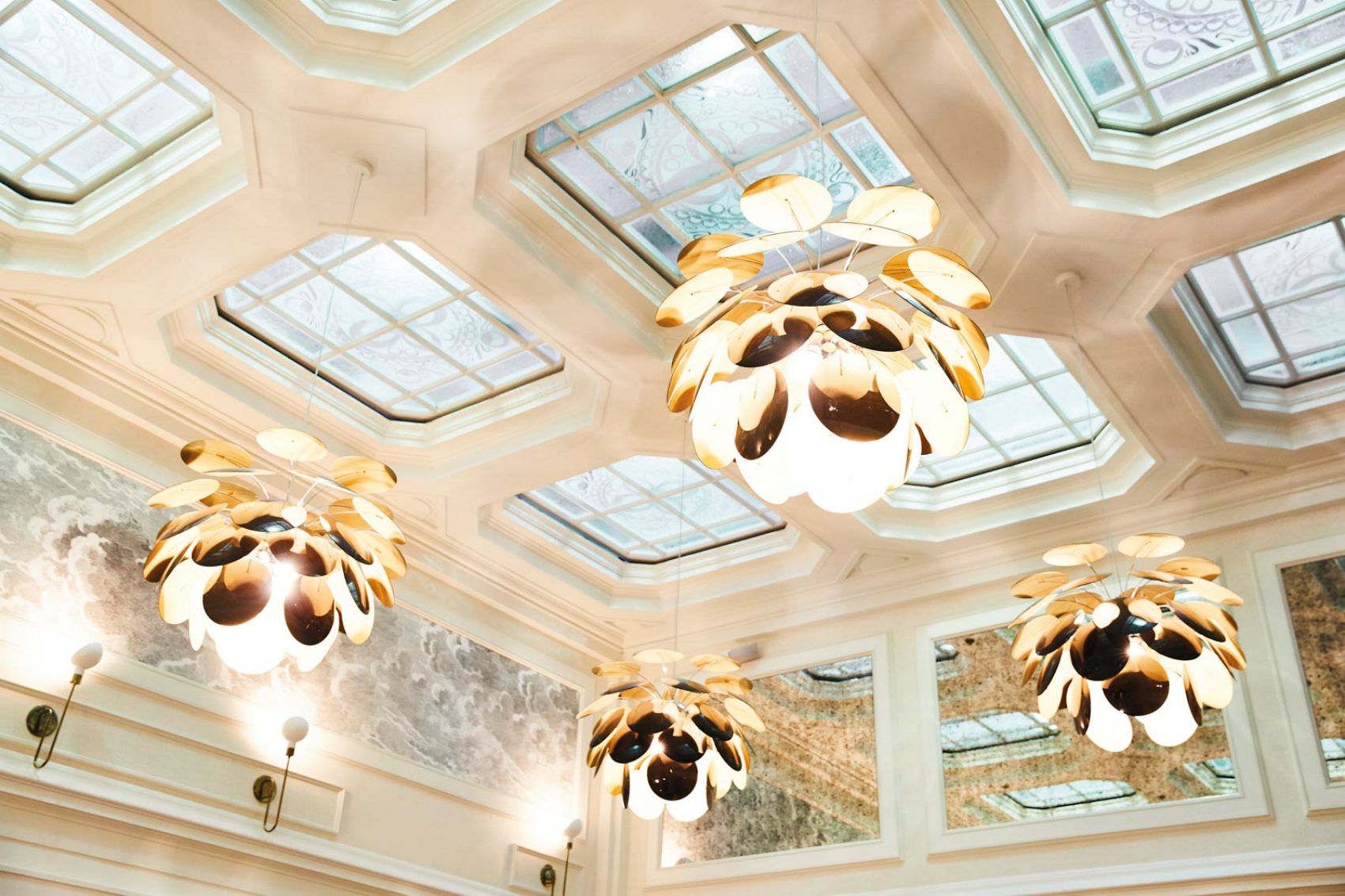
Credit: Joie de Vivre Hotels
The hotel underwent extensive renovations last year, unveiling an aesthetic that references its glamorous past with details like a marble entryway and outsized faux-antique mirrors. Throughout the property, eclectic light fixtures and bright pops of colour keep the mood elevated, satisfying design-minded guests who appreciate a bit of history and lots of character. The light-filled lobby atrium features a dramatic swirling fireplace, and from here a century-old staircase with a decorative iron balustrade leads up to a mezzanine, while a roof garden looks onto the striking architecture of neighbouring buildings: gothic, art nouveau, renaissance, baroque.
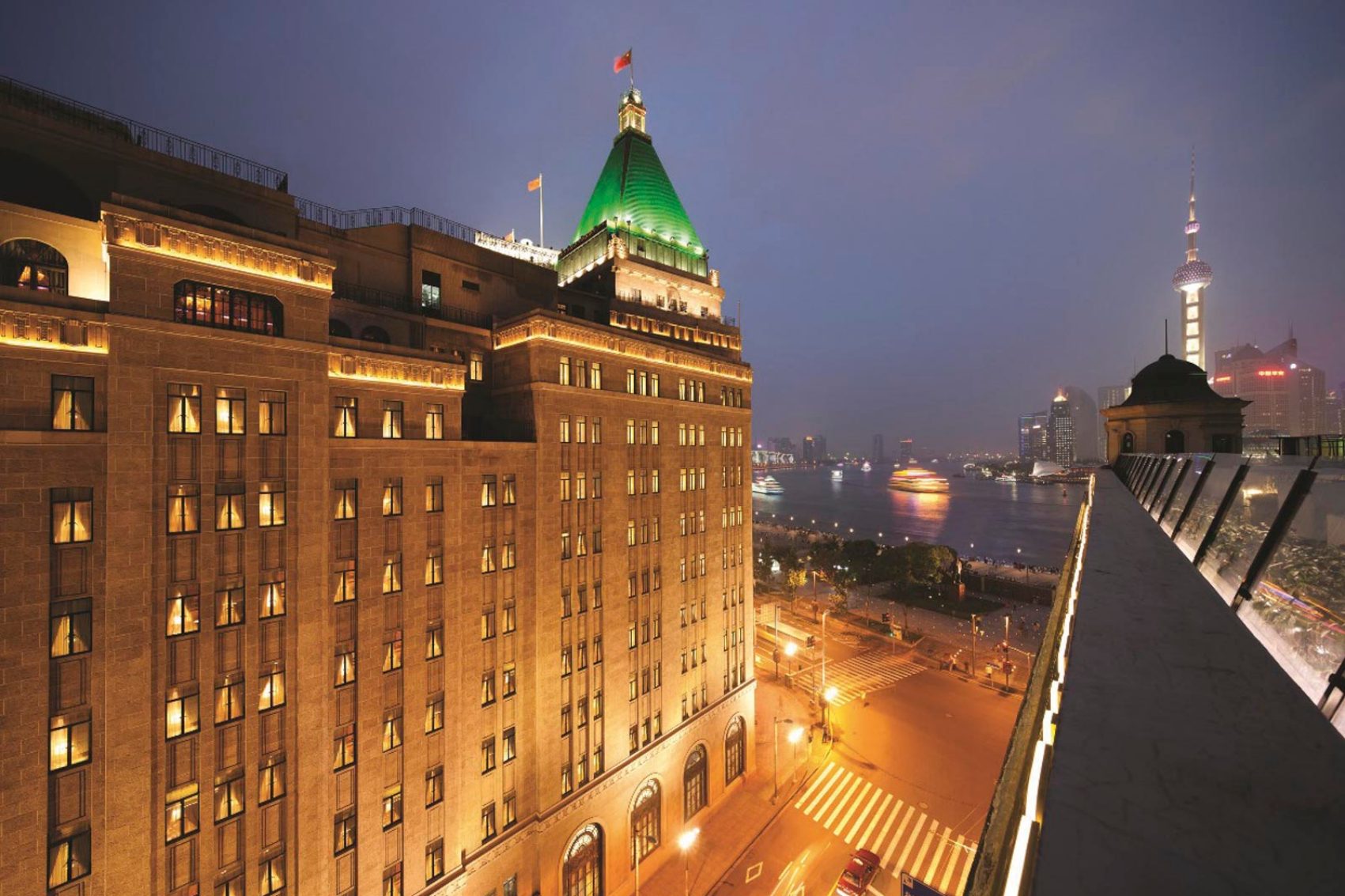
Credit: Andrew Rowat
Fairmont Peace Hotel, Shanghai
The skyline changes fast. This is Shanghai – no skyline changes faster. But there’s one constant: the 1920s riverside frontages of The Bund. Prominent among them is a 10-storey building with a distinctive pyramid-shaped green roof. It was opened as the Cathay Hotel by the businessman Victor Sassoon in 1929, at the height of the art deco craze. Its fortunes followed the city’s turbulent history until it was restored and reopened by Fairmont in 2010. As well as staying true to its art deco exterior and interior, the hotel is filled with the sounds of jazz and clinking glasses – almost as if the past 90 years hadn’t happened.
More inspiration
- China – the Chinese Mainland, Hong Kong SAR, Macao SAR and Taiwan Region
- Hong Kong SAR - English
- Chinese Mainland (China) - English
- Taiwan China - English
- 香港特別行政區 - 繁體中文
- 中国內地 - 简体中文
- 中國台灣 - 繁體中文
- Africa
- South Africa - English
- Asia
- Bangladesh - English
- Korea - English
- Singapore - English
- Cambodia - English
- 한국 - 한국어
- Sri Lanka - English
- India - English
- Malaysia - English
- Thailand - English
- Indonesia - English
- Maldives - English
- ประเทศไทย - ภาษาไทย
- Indonesia - Bahasa Indonesia
- Myanmar - English
- Vietnam - English
- Japan - English
- Nepal - English
- Việt Nam - tiếng Việt
- 日本 - 日本語
- Philippines - English
- Australasia
- Australia - English
- New Zealand - English





.renditionimage.450.450.jpg)

